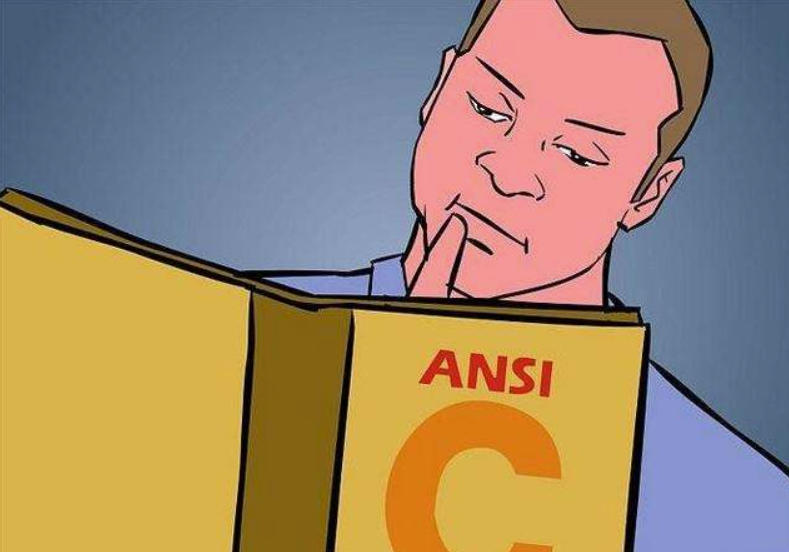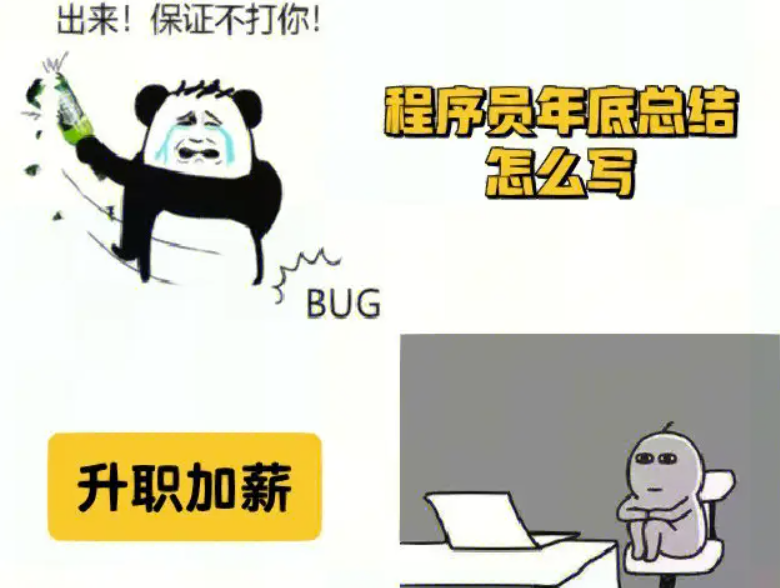.
For groundwater, we propose a drawdown ESB based on the maximum allowable reduction in water table depth to maintain aquifer storage and groundwater-dependent ecosystems. Groundwater is a critical freshwater resource, providing drinking water for billions of people and supporting agriculture62. However, over-pumping has led to widespread depletion63,64, with associated declines in ecosystem services65. Drawdown thresholds are often used locally to guide sustainable groundwater use66–68; however, there is currently no global ESB for groundwater drawdown. We propose that the global safe ESB be set at 10% of the annual renewable groundwater supply69,70 or equivalent volumetric reductions in specific yield (the ratio of stored to total volume)71 across all aquifers globally (high confidence in Extended Data Table 1). This threshold balances the need for human access to groundwater with maintaining healthy aquifers and groundwater-dependent ecosystems72–74. The global ESB is that 100% of land area meets this subglobal boundary by limiting volumetric reduction in groundwater resources by 10% compared with natural replenishment rates (Supplementary Methods). Meeting the global ESB sums to a global drawdown budget of 283 km3 per year (Supplementary Methods). Globally aggregated groundwater drawdown is currently less than this figure; however, we are outside the global ESB because only 39% of land area meets the subglobal safe ESB (Table 1), highlighting the challenge of sustainable management of this important freshwater resource.




















